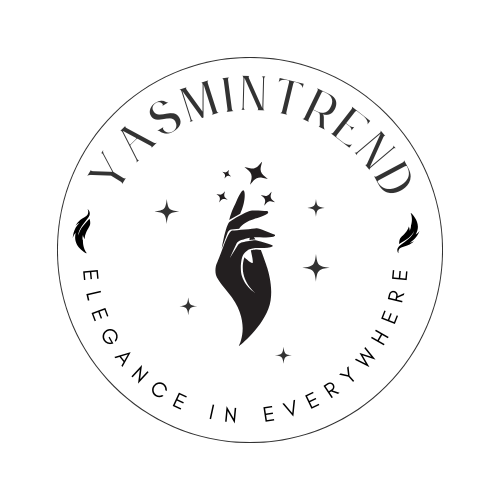Textile in Uzbekistan
Uzbekistan is one of the largest cotton producers in the world, producing approximately 3 million tons of cotton annually. This production volume makes Uzbekistan a key player in the global textile market. As of 2023, the textile sector of Uzbekistan generated $1.5 billion in export revenue, making it one of the fastest-growing textile markets in Asia. Moreover, the Uzbek government plans to invest $5 billion into the sector by 2025, aiming to strengthen the textile industry's infrastructure. These investments will be directed towards modernizing production technologies, establishing state-of-the-art factories, and enhancing global market competitiveness.
The textile sector in Uzbekistan is seeing increasing demand in global markets, including Europe, Russia, and Asia. In 2023, the country exported $1.2 billion worth of textile products. The most in-demand products include cotton fabrics, workwear, and home textiles. Uzbekistan processes 60% of its cotton domestically, which allows it to become a global hub for high-quality fabric and yarn production. In 2023, the competitiveness of Uzbek textile products on the global market increased by 10%. This growth reflects the rise in quality standards and an expansion of production capacities within the country.
The textile sector in Uzbekistan has undergone significant transformations and showed an 8% growth in 2023. This growth has strengthened Uzbekistan's position in the textile industry not only locally but also globally. The country aims to increase its annual textile exports to $3 billion by 2025. While maintaining its status as one of the largest cotton producers in the world, Uzbekistan is diversifying its textile products and transitioning to more sustainable production practices. Modern factories in the country are investing in the production of polyester and synthetic fabrics, in addition to traditional cotton textiles.
Uzbekistan is placing great emphasis on sustainable development and eco-friendly production methods in its textile sector. New irrigation systems, which reduce water consumption by 20%, have been introduced in cotton fields, increasing the efficiency of cotton production. Additionally, investments in energy-efficient technologies have reduced carbon emissions in Uzbek textile factories by 15%. The adoption of modern technologies in production processes helps reduce energy consumption and minimize environmental impact. Uzbekistan aims to cut the textile sector's carbon footprint by 40% by 2030. These efforts will position Uzbekistan in a stronger position in the global textile market with a focus on environmentally friendly production.
The textile sector in Uzbekistan is not only strong in terms of production capacities but also plays a significant role in job creation. In 2023, more than 400,000 people were employed in the textile industry, and this number is expected to grow in the coming years. Government incentives are supporting the development of a skilled workforce, with a focus on increasing the professional qualifications of young specialists in the textile sector. Uzbekistan aims to raise the share of women in the textile industry to 40% by 2025. This strategy will help accelerate economic growth, enhance social equality, and promote diversity within the sector. The country is also offering courses in textile engineering and design to train a qualified workforce.
